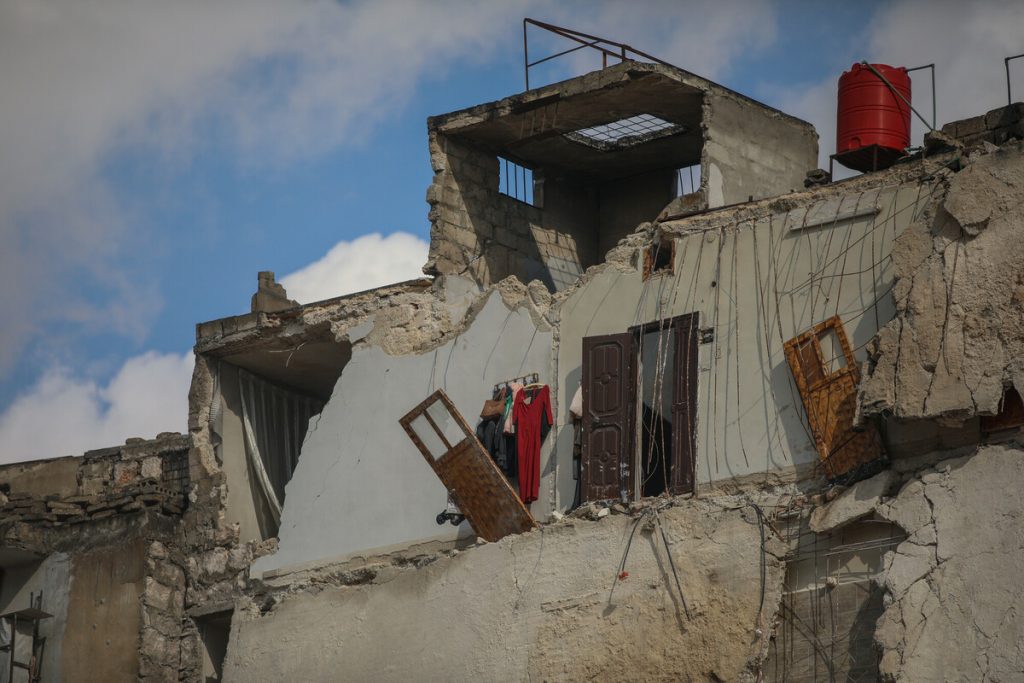Nepal earthquake response: creating lasting change for survivors
On April 25, 2015, a massive 7.6 magnitude earthquake struck Nepal that left nearly 9,000 people dead and destroyed or damaged more than 850,000 homes.
Transportation and communications were severely disrupted. Hundreds of thousands of people fled their homes, fearing aftershocks. On May 12, a second earthquake caused further devastation. Community members gathered in makeshift camps without access to proper water and sanitation facilities.
Women, children, the elderly, and other vulnerable people were disproportionately affected. The earthquake also greatly impacted employment. The problem of landlessness, widespread before the quake, only worsened.
“Access to clean water has changed our lives”. Muna’s story
Muna, 27, was nine months pregnant when the first earthquake shook Nepal, and she was at the hospital when the second one occurred. Although she was scared, the delivery went well.
In the aftermath of the quakes, Muna received an Oxfam bucket, hygiene kit, blankets and other emergency supplies. Five months after the quake, Oxfam and local partners rehabilitated the water supply system in her community. Now she has access to water that is safe to drink.
“Right after the earthquake, before this tap was constructed, our water source which we used to fetch water from, dried up. So, from the time of the earthquake until this tap was installed, it was difficult to find water. We had to go downhill to get it and carry the pots from there. Each trip used to take us 40 minutes. We would need four to five water pots for the family, and then four to five pots for the cattle, so altogether we had to make four to five trips a day. Now, that time is saved, because we don’t need to make those trips and drinking water and hygiene practices have really improved. It’s a relief.”
Apart from rehabilitating the water supply system, Oxfam also supported a vegetable farming program in the community, coordinated through a women’s group. Muna is taking part in this program.
“Now we grow our own garlic, onions, tomatoes and other vegetables, so we don’t need to buy them. It is nice and I am very happy!”
Oxfam’s Response in Nepal
Oxfam immediately responded after the earthquakes by providing lifesaving relief including emergency food items, drinking water and by setting up temporary shelters and emergency latrines. In the first few days and weeks after the earthquake, our priorities were to ensure that affected people had access to adequate humanitarian assistance, and to prevent the outbreak of waterborne diseases.
In the long term, we are assisting people to recover their livelihoods, by restarting economic activities in the affected communities. We’ve been working in seven of the 14 most affected districts: Gorkha, Nuwakot, Dhading, Sindhupalchowk, Kathmandu, Lalitpur and Bhaktapur.
Our response prioritizes supporting vulnerable people, especially women, to be directly involved in improving their own well-being and that of their communities. Over a quarter of houses damaged by the earthquakes were owned by single women, and only a few of them had access to land titles, leaving women in danger of being excluded from the reconstruction process. To avoid this, we have included them in all projects and programs, such as masonry and carpentry training.
We have also set up Cash for Work programs that provide short-term employment in the rebuilding of community services, benefitting more than 15,000 vulnerable families.

